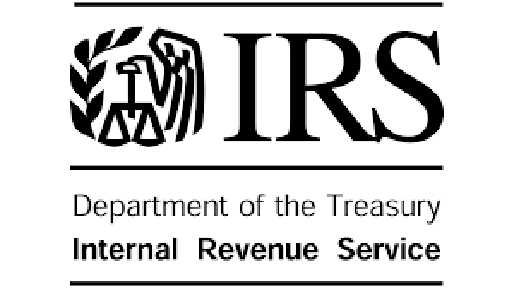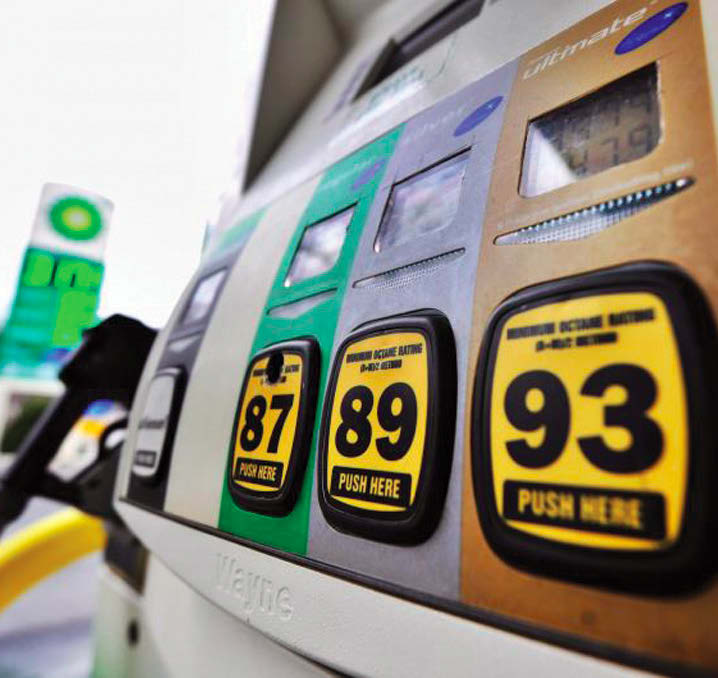
WASHINGTON D.C. (TIP): The Internal Revenue Service reminded taxpayers who didn’t pay enough tax in 2023 to make a fourth quarter tax payment on or before Jan. 16 to avoid a possible penalty or tax bill when filing in 2024. Taxes are normally paid throughout the year by withholding tax from paychecks, by making quarterly estimated tax payments to the IRS or by a combination of both. This is done because taxpayers need to pay most of their tax during the year as income is earned or received.
Who needs to make a payment?
Taxpayers who earn income not subject to tax withholding such as self-employed people or independent contractors should pay their taxes quarterly to the IRS.
In addition, people who owed tax when they filed their current year tax return often find themselves in the same situation again when they file the next year. Taxpayers in this situation normally include:
Those who itemized in the past but are now taking the standard deduction,
Two wage-earner households,
Employees with non-wage sources of income such as dividends,
Those with complex tax situations and/or
Those who failed to increase their tax withholding.
What income is taxable?
The IRS reminds taxpayers that most income is taxable, whether it’s unemployment income, refund interest or income from the gig economy and digital assets. When estimating quarterly tax payments, taxpayers should include all forms of earned income, including from part-time work, side jobs or the sale of goods.
Also, various financial transactions, especially late in the year, can often have an unexpected tax impact. Examples include year-end and holiday bonuses, lottery winnings, stock dividends, capital gain distributions from mutual funds, stocks, bonds, virtual currency, real estate or other property sold at a profit.
Delay in requirement for Forms 1099-K
After feedback from taxpayers, tax professionals and payment processors the IRS announced that calendar year 2023 will be treated as another transition year for the reduced reporting threshold of $600. For calendar year 2023, third-party settlement organizations that issue Forms 1099-K are only required to report transactions where gross payments exceed $20,000 and there are more than 200 transactions. The IRS also issued a fact sheet to help people who may receive Forms 1099-K.
How to make an estimated tax payment
The fastest and easiest way to make an estimated tax payment is to do so electronically. Taxpayers have options when paying electronically from their bank account.
Pay using IRS Direct Pay. This option allows taxpayers to schedule a payment in advance of the Jan. 16 deadline.
Pay using IRS Online Account. This option allows taxpayers to view their payment history, pending or recent payments and other tax information.
Pay using Electronic Filing Tax Payment System, or EFTPS. EFTPS is a free system which offers selections such as scheduling payments a year in advance, paying estimated tax payments and tracking and changing scheduled payments.
Taxpayers also have the option to pay with their debit or credit card. The card processors, not the IRS, charge a fee for the service.
Using these or other electronic payment options ensures that a payment gets credited promptly. More information on other payment options is available at IRS.gov/payments.
Use the Tax Withholding Estimator to keep track
The Tax Withholding Estimator, available on IRS.gov, can often help taxpayers determine if they need to make an estimated tax payment. It also helps them calculate the correct amount of tax to withhold throughout the year based on their complete set of tax facts and circumstances.
Alternatively, taxpayers can use the worksheet included with Form 1040-ES, Estimated Tax for Individuals, or read through Publication 505, Tax Withholding and Estimated Tax, available on IRS.gov.
Plan ahead
It’s never too early to get ready for the tax-filing season. For more tips and resources, check out the Get Ready and Estimated Tax pages on IRS.gov.





Be the first to comment